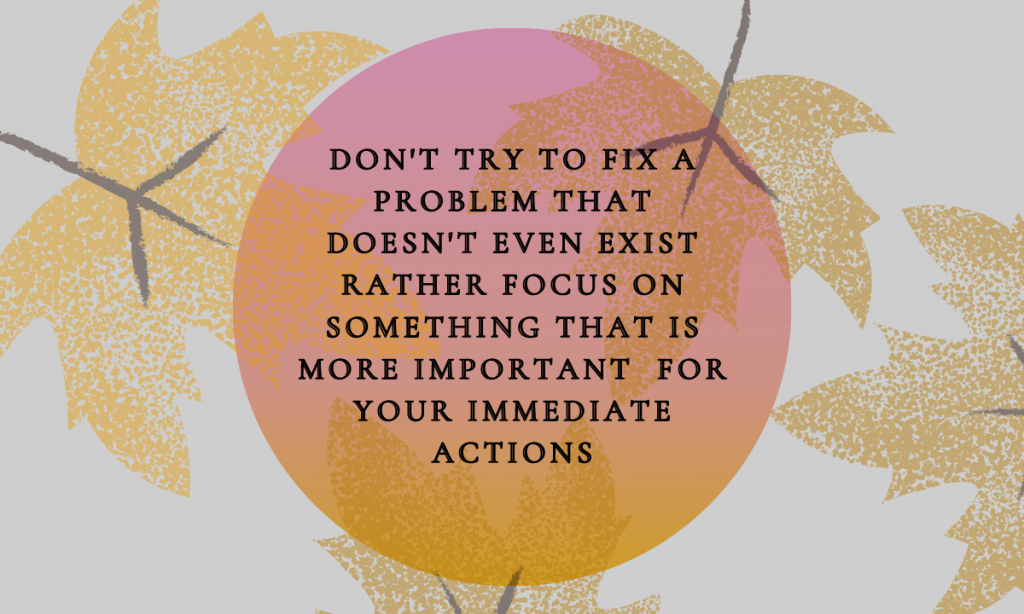
A few years ago, I was working with one of my client’s technology teams. I was in charge of managing the technology team for my client and had a team of five or six people that were web developers and graphic designers and automation experts and email builders.
I was responsible for making sure that their team got projects done on time and on budget. And one day we went in for our daily meeting, which is our daily stand up meeting of about 15 minutes, which I held every day with the team. In our daily stand up meeting I would always ask them the three basic questions:
1. What did you get done yesterday?
2. What do you plan on doing today?
3. Do you have anything that’s blocking you from moving forward?
Well, as I asked this question to the very first person on the call I said, “So, what did you get done yesterday?” And they said, “Well, I didn’t get the projects that you assigned us completed because last night the CEO contacted me and I jumped on a Skype phone call with him. He went on to explain to me that there is this customer that has come into our email system and they had this experience, and he wanted me to build a fix for that.”
“So, I stopped working on all of the other projects that you’ve assigned me and I have actually started to build out a solution for this. And not only did I do that, I pulled in the other team members to help as well, so nobody in the last 24 hours has gotten anything done because we’ve all been working on this new project the CEO has told us to do.”
I said to myself, “Okay, great. This is going to be a great learning opportunity for everybody on this call. And later on, I’m going to have to go talk to the CEO about interrupting the process and the systems that we have set up.”
The big lesson I really wanted to teach this team is that, if you give a problem to a smart person, they will immediately set about trying to figure out how to solve that problem, never stopping to consider if this problem should be solved in the first place. CEOs and business owners in particular see a problem, something that’s broken, and their immediate response is to try to fix it — and as quickly as possible. They want to have this amazing experience for their customers, but they don’t always realize that this one “simple fix” will have ripple effects throughout their entire business. If a CEO knew that all of his revenue generating projects were going to be delayed by a week, and that this was going to cost thousands of dollars, then he might have rethought the urgency of needing to fix a small problem.
This is why it’s so critical for the right people to be working on the right tasks — and for these lanes to not get crossed in business.
Before jumping in and starting a new project, ask yourself these questions:
● What problem am I trying to solve? In other words, is there really a problem to start with? Or is this just a “want” or an “idea”.
● How much impact does this have on revenue? If we do nothing, how much revenue are we losing? If we implement a solution, how much more revenue will we gain?
● How much impact does it have on the
customer? Is this having a big impact on the customer? Or is it a minor irritation? How many customers does it impact? All of them? Only a few? How often does it impact customers? Every day? Every week? Every month?
● How much impact does it have on my staff? How many customer service hours are being used to solve this problem? How many hours per month?
● What is the cost to implement a solution? What is the cost to the business if I do nothing? How many man hours is it going
to take to create a solution? Will I get an ROI from this effort? Does it make sense to invest the money to create the solution or are we better off just letting things be as they are?

As I asked these questions to the team, we discovered that in this case, the problem was something that customer service could easily handle in less than an hour a month, but the solution would require the entire team to stop working on other important projects and spend the next 3 months working on a solution full time. And to top it off, it had no positive impact on revenue.
So before jumping in, always ask yourself, “Should this problem be solved in the first place?” And, if the answer is no, then definitely don’t waste your time, or your team’s time, trying to solve it.
